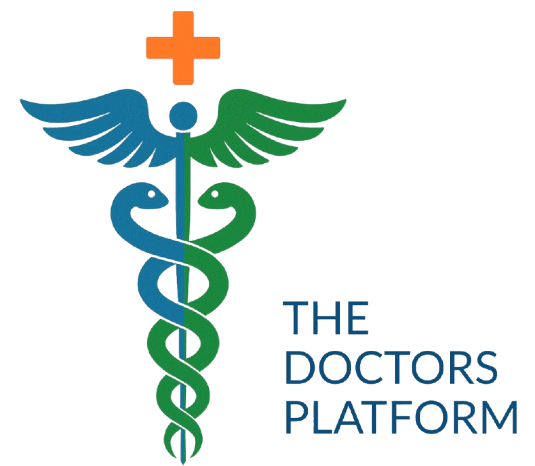Highlights
- Common presentations of ASD (autism spectrum disorders) are lack of speech, scripted speech, parroting without communicative intent and pop-up and giant words.
- Earlier pre-speech deficits viz lack of appropriate gaze or of warm, joyful expressions with gaze; lack of alternating to-and-fro pattern of vocalizations between infant and parent; lack of recognition of parent’s voice; disregard for vocalizations (eg, own name) with keen awareness for environmental sounds; lack of expressions such as “oh-oh” or “huh”. are often present and, if recognized, allow for earlier diagnosis.
- Family physicians/ paediatricians should screen for ASD at 18 and 24 months and at any other time when parents raise a concern about possible ASD.
- Before 18 months of age, screening tools that evaluate social and communication skills may assist in systematic detection of early signs of ASD.
- If an ASD-specific screen is negative but the parents and/or the family physician remain concerned, the child should be referred early for further evaluation.
- Watchful waiting is not appropriate when there is a positive screening result or 2 or more risk factors. Depending on the child’s age, simultaneous referral for comprehensive ASD evaluation; early intervention/early childhood education services; and/or audiologic evaluation may be indicated.
- Referral for developmental services should not be postponed while awaiting a definitive diagnosis of an ASD.
- Early intervention can be helpful by targeting the child’s specific deficits; the intervention strategy can be altered if necessary once the child is diagnosed with an ASD.
- Educational intervention strategies should include:
- Initiation as soon as ASD diagnosis considered vs definitive diagnosis
- Systematic activities at least 25 hours/week, 12 months/year
- Low student-to-teacher ratio
- Family involvement
- Peer interaction
- Measurement of progress and program adjustment
- Structured routine and physical boundaries
- Generalization of skills to new situations
- Curricula for communication; reduction of maladaptive behavior; social, adaptive, cognitive and academic skills
- Speech and language therapy is appropriate regardless of age or failure of previous therapy.
- Collaboration with teachers, families and peers is more effective than traditional therapy.
- Gestures, sign language and picture communication programs are effective.
- Prescribing clinicians should have expertise in drug indications, contraindications, dosing, adverse effects, interactions and monitoring.
- Serotonin selective reuptake inhibitors could improve repetitive behavior, irritability, depressive symptoms, anger, anxiety, aggression, social interaction, language.
- Risperidone has short-term and possible long-term effects.
- Methylphenidate is effective, but not as much as for isolated inattention or hyperactivity.
- Clonidine and guanfacine appear effective for repetitive behavior, irritability and hyperactivity.
- Parents are crucial in treatment.
- Family members are at increased risk for stress and depression.
This page is restricted. Please
Login /
Register to view this page.

